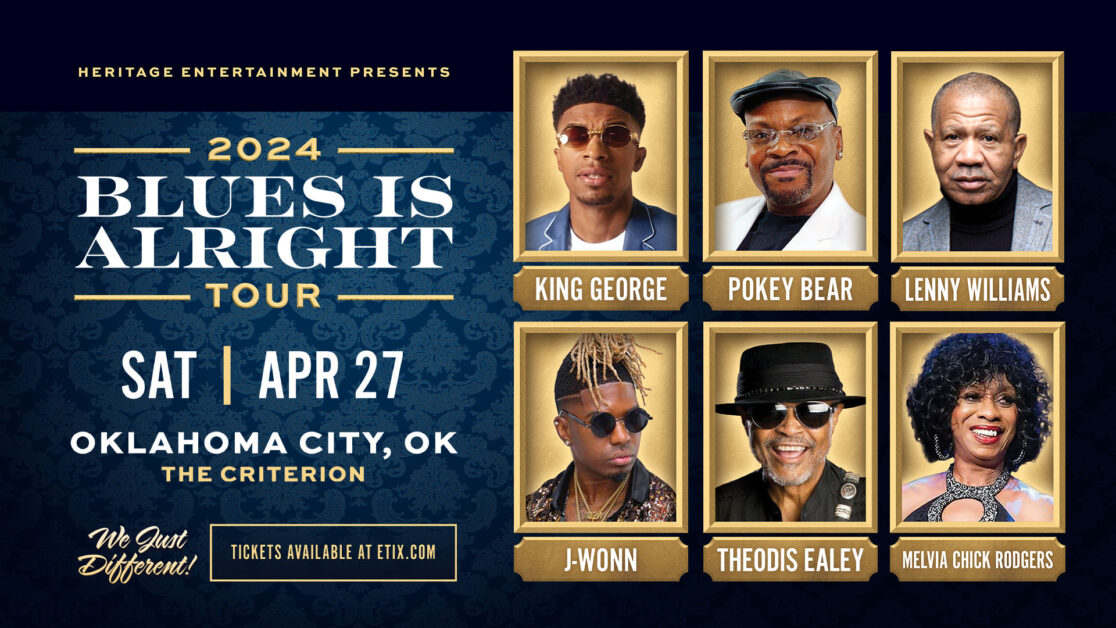‘Jurassic Park’ at 30: A Great Blockbuster That Made Hollywood Worse
Written by on June 10, 2023
‘Jurassic Park’ and its prehistoric creatures look like they’ve barely aged a day. Ironically, it’s those groundbreaking visuals that heralded our current era of CGI-driven spectacles—with room for little else.
Last year, Steven Spielberg directed his most personal project to date: The Fabelmans, a coming-of-age drama pulled from his childhood experiences, including his parents’ divorce, and how they shaped him as a filmmaker. As an intimate peek behind the curtain of an all-time great director, The Fabelmans was, for me and many other Spielberg admirers, a can’t-miss cinematic event. But while The Fabelmans is widely regarded as one of the best movies of 2022, it bombed comprehensively at the box office, ultimately grossing less than $18 million domestically. It’s an undeserved fate for a film as good as The Fabelmans, but one could argue it’s also something Spielberg inadvertently brought upon himself.
For all of the ways Spielberg has contributed to cinema through his wide-ranging career, his most enduring legacy is arguably a byproduct of Jaws, which, alongside the original Star Wars, helped establish the modern blockbuster. Big-budget, high-concept entertainment reigns supreme in Hollywood as studios look to reap massive profits from a proven formula. (Even better: when such tentpoles lend themselves to sequels.) But the industry-wide impact of Jaws has since been transcended by another Spielberg blockbuster—one that heralded our current era of CGI-driven spectacles.
Released 30 years ago this Sunday, Spielberg’s Jurassic Park, based on the Michael Crichton novel of the same name, arrived at a time when CGI was seldom used. At best, the technology was treated as a nifty accessory for tentpoles that remained reliant on practical effects. (An early pioneer of sparse-yet-effective CGI was James Cameron, who brought an aquatic alien and a shape-shifting robot to life in The Abyss and Terminator 2: Judgment Day, respectively.) But Jurassic Park pushed the envelope even further. A combination of animatronics devised by Stan Winston—the legendary effects guru responsible for creating The Terminator’s T-800 and Aliens’ Xenomorph Queen—and groundbreaking CGI from Industrial Light & Magic brought the film’s dinosaurs to life in breathtaking fashion. When Alan Grant (Sam Neill) and Ellie Sattler (Laura Dern) get their first glimpse of a dinosaur, a serene brachiosaurus grazing on a tree, their utter bewilderment matches that of the audience.
That Jurassic Park and its prehistoric creatures look like they’ve barely aged a day is a testament to the state-of-the-art effects being used so efficiently: per ILM, fewer than 60 VFX shots are in the movie. (By contrast, Paul Verhoeven’s Starship Troopers incorporates 500 special-effects shots, and it came out just four years later.) It’s weird to think of a film as exercising restraint when a Tyrannosaurus chases after a Jeep and velociraptors terrorize children in a kitchen, but Spielberg was invested as much in building anticipation as in delivering adrenaline-fueled payoffs. It’s a throughline from Jaws, which barely featured its animatronic shark because it kept malfunctioning—a blessing in disguise for generating suspense. This time, the delayed gratification is intentional from the jump: the inevitable emergence of the T. rex is a GOAT-level sequence because of how well Spielberg deploys ominous foreshadowing, with no example more memorable than the rippling of water in a plastic cup to signal the dino’s approach.
Revisiting Jurassic Park for the umpteenth time, it’s telling that several of the movie’s finest scenes don’t even require the presence of dinosaurs: one of my favorites is the unapologetic info dump from Mr. DNA, a cartoon character intended to explain the science behind the park in layman’s terms. Not only is Mr. DNA a great parody of omnipresent theme park mascots, but the protagonists sitting through the presentation in a theater cheekily mirrors the actual moviegoing experience. In a similar vein, the dino scouting reports from Dr. Grant—the best of which sees him traumatizing a child by describing how a raptor would eat him alive—allow the audience’s imagination to run wild long before any of the animals break loose. It’s a nifty trick from Spielberg and the film’s screenwriters: by educating the viewer on the dinosaurs’ predatory instincts, the writers ensure that the reptiles feel all the more real when they appear on screen. (As if lifelike CGI and animatronics weren’t terrifying enough.) It’s also indicative of why Spielberg is in a class of his own as a filmmaker: whether it’s an action-packed set piece or a moment of exposition, he spares no expense.
Spielberg delivering another critically acclaimed crowd-pleaser wasn’t exactly surprising: any filmmaker would kill to have a single hit on the level of Jaws, Close Encounters of the Third Kind, E.T., or the Indiana Jones trilogy, let alone direct all of them. But Jurassic Park was an unprecedented commercial triumph: by the end of its original theatrical run, it was the highest-grossing movie of all time. While Jurassic Park wouldn’t hold the record for long—Titanic would become the first film to cross the billion-dollar threshold in 1998—its success and technological innovations paved the way for the kind of CGI extravaganzas that continue to dominate multiplexes, whether it’s superhero franchises, live-action remakes, or Jurassic sequels. (Even Jurassic World: Dominion, a truly awful movie that epitomizes how far the franchise has fallen, joined the billion-dollar box office club last year.)
Now, tentpoles that rely on cutting-edge CGI aren’t inherently bad—the Avatar franchise is one example of how immersive visual effects can evoke a genuine sense of wonder—but studios chasing after larger profits means there’s little room for films that fit into any other category. It goes a long way toward understanding why The Fabelmans flopped: Spielberg may be the godfather of the blockbuster, but even he’s paying the price for a theatrical landscape that’s become increasingly myopic. “You’re at the point right now where a studio would rather invest $250 million in one film for a real shot at the brass ring than make a whole bunch of really interesting, deeply personal—and even maybe historical—projects that may get lost in the shuffle,” Spielberg said at a symposium in 2013, warning that there could be an “implosion” in the industry if all of Hollywood’s resources are invested in such movies.
Things certainly haven’t gotten any better since Spielberg sounded the alarm a decade ago, and one has to wonder how much accountability should fall to a director whose films essentially created the blueprint. (I think many would agree that studios deserve the lion’s share of the blame, rather than a filmmaker using the tools at his disposal to entertain the masses.) Interestingly, it feels like such concerns were already on Spielberg’s mind when making Jurassic Park: a cautionary tale about what happens when those at the forefront of technological breakthroughs are driven by greed and oblivious to their own naivete.
In retrospect, the lunch scene in which Jurassic Park founder John Hammond (Richard Attenborough) asks his guests what they think of his dino-creations also works as an apt metaphor for Hollywood’s CGI-obsessed future. Even though Alan, Ellie, and chaos theorist Ian Malcolm (Jeff Goldblum) are undeniably awestruck by the experience, they fear that Hammond doesn’t understand the grave implications of what he’s just put out into the world. “Your scientists were so preoccupied with whether or not they could, they didn’t stop to think if they should,” Ian tells Hammond in one of the most quotable lines in the film. Only Donald Gennaro (Martin Ferrero), the ghoulish lawyer representing the park’s investors, is on Hammond’s side during the argument.
Naturally, Gennaro also had a different reaction to the rest of the characters upon discovering that dinosaurs have been miraculously brought back to life. At the same time that Alan and Ellie are overcome with emotion at the spectacular sight of a brachiosaurus, Gennaro utters a fateful line that would reverberate throughout Hollywood for the next 30 years and counting: “We’re gonna make a fortune with this place.”
watch avatar the way of water full movie
watch avatar the way of water full movie
watch avatar the way of water full movie




